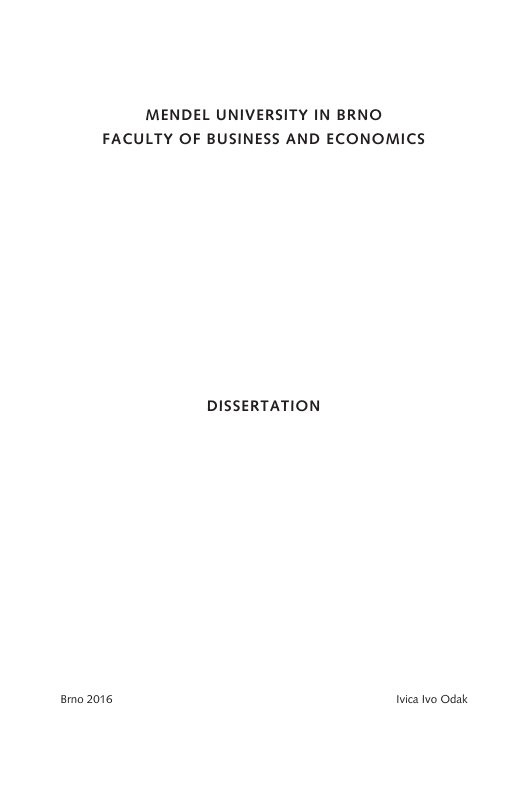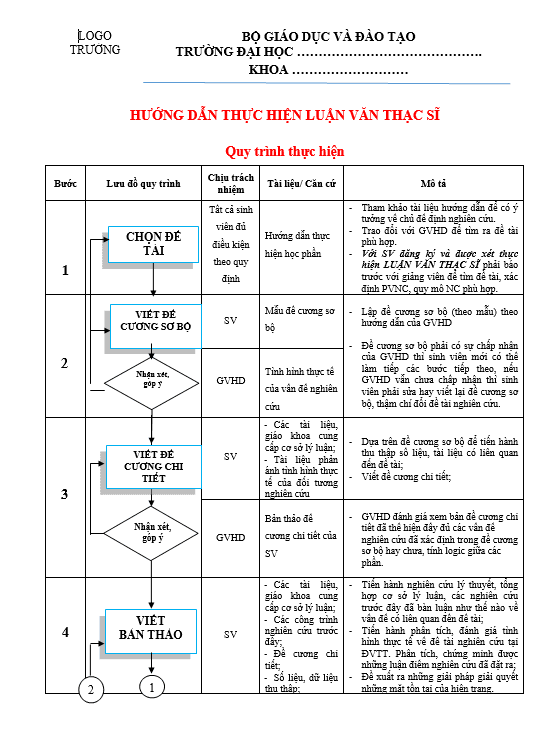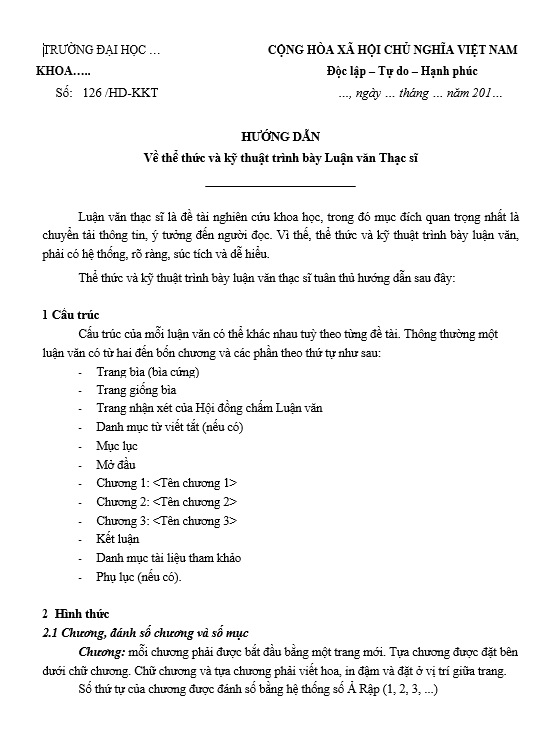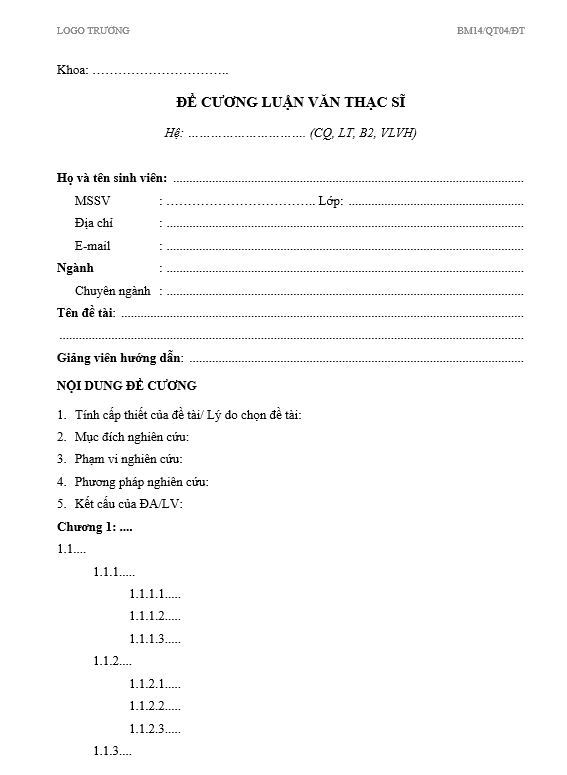Contents
StatutoryDeclaration…………………………………………………………………………………………………..2
Acknowledgements……………………………………………………………………………………………………..4
Abstract…………………………………………………………………………………………………………………………..5
Souhrn……………………………………………………………………………………………………………………………6
Contents………………………………………………………………………………………………………………………….7
Figures…………………………………………………………………………………………………………………………..10
Abbreviations………………………………………………………………………………………………………………12
1 Introduction…………………………………………………………………………………………………………..13
1.1 Startingpointandproblem……………………………………………………………………………..13
1.2 Relevanceofsmallandmedium-sizedcompanies………………………………………….15
1.3 ImportanceandchallengesofsuccessioninGermany………………………………….20
2 Objectiveandmethodologicalapproach…………………………………………………………..23
2.1 Currentstateofresearchandobjectiveofthisdissertation……………………………23
2.2 Methodologicalapproach………………………………………………………………………………27
2.3 Structureofdissertation…………………………………………………………………………………..33
3 Theoreticalfoundation………………………………………………………………………………………..36
3.1 Modelsofcompanysuccession………………………………………………………………………36
3.1.1 Definitionandtypesofcompanysuccession…………………………………….36
3.1.2 St.GallensuccessionmodelbasedonHalter/Schröder……………………..37
3.1.3 CompanysuccessionmodelbasedonKary/Dittmers……………………….40
3.1.4 CompanysuccessionmodelbasedonViehl………………………………………42
3.1.5 Wittenphasemodelforsuccession…………………………………………………….43
3.1.6 Wiesbadenmodel……………………………………………………………………………….45
3.1.7 The5-yearmodeland7-yearmodel……………………………………………………47
3.1.8 Conclusion:Evaluationofsuccessionmodelsintermsofthis
dissertation’sobjective……………………………………………………………………….48
3.2 Principal-agenttheory…………………………………………………………………………………….52
3.2.1 Definitionandcharacteristicsofprincipal-agenttheory……………………52
3.2.2 Branchesofresearchinprincipal-agenttheory………………………………….53
3.2.2.1 Normativeprincipal-agenttheory……………………………………….54
3.2.2.2 Positiveprincipal-agenttheory……………………………………………54
Acknowledgements……………………………………………………………………………………………………. 3
Abstract………………………………………………………………………………………………………………………… 5
Zusammenfassung……………………………………………………………………………………………………… 7
Contents……………………………………………………………………………………………………………………….. 9
Figures…………………………………………………………………………………………………………………………… 13
Abbreviations……………………………………………………………………………………………………………… 15
1 Introduction…………………………………………………………………………………………………………… 17
1.1 Startingpointandproblem……………………………………………………………………………… 17
1.2 Relevanceofsmallandmediumsizedcompanies………………………………………….. 19
1.3 ImportanceandchallengesofsuccessioninGermany…………………………………… 24
2 Objectiveandmethodologicalapproach…………………………………………………………… 27
2.1 Currentstateofresearchandobjectiveofthisdissertation……………………………. 27
2.2 Methodologicalapproach………………………………………………………………………………… 31
2.3 Structureofdissertation…………………………………………………………………………………… 37
3 Theoreticalfoundation…………………………………………………………………………………………. 41
3.1 Modelsofcompanysuccession………………………………………………………………………… 41
3.1.1 Definitionandtypesofcompanysuccession……………………………………….. 41
3.1.2 St.GallensuccessionmodelbasedonHalter/Schröder……………………….. 42
3.1.3 CompanysuccessionmodelbasedonKary/Dittmers………………………….. 45
3.1.4 CompanysuccessionmodelbasedonViehl…………………………………………. 47
3.1.5 Wittenphasemodelforsuccession………………………………………………………. 48
3.1.6 Wiesbadenmodel…………………………………………………………………………………… 50
3.1.7 The5yearmodeland7yearmodel………………………………………………………. 52
3.1.8 Conclusion:Evaluationofsuccessionmodelsintermsofthis
dissertation’sobjective…………………………………………………………………………… 53
3.2 Principalagenttheory……………………………………………………………………………………… 57
3.2.1 Definitionandcharacteristicsofprincipal-agenttheory……………………… 57
3.2.2 Branchesofresearchinprincipalagenttheory……………………………………. 58
3.2.2.1 Normativeprincipalagenttheory…………………………………………… 59
3.2.2.2 Positiveprincipalagenttheory………………………………………………… 59
3.2.3 Definitionandtypesofasymmetryininformation……………………………… 60
3.2.3.1 Hiddencharacteristics……………………………………………………………… 613 Definitionandtypesofasymmetryininformation……………………………55
3.2.3.1 Hiddencharacteristics………………………………………………………….56
3.2.3.2 Hiddenaction………………………………………………………………………57
3.2.3.3 Hiddeninformation……………………………………………………………..58
3.2.4 Challengesinprincipal-agenttheory…………………………………………………60
3.2.4.1 Moralhazard……………………………………………………………………….60
3.2.4.2 Adverseselection…………………………………………………………………61
3.2.4.3 Holdup………………………………………………………………………………..62
3.2.5 Conclusion………………………………………………………………………………………….63
4 Qualitativeresearch……………………………………………………………………………………………..67
4.1 Qualitativeresearchapproach………………………………………………………………………..67
4.2 Qualitycriteriainqualitativeresearch……………………………………………………………68
4.3 Researchdesign……………………………………………………………………………………………….71
4.3.1 Developmentofaresearchplan…………………………………………………………73
4.3.2 Samplingstrategy……………………………………………………………………………….73
4.4 Firstsurveyofqualitativedata:Focusgroup………………………………………………….77
4.5 Interimresultsoffocusgroup…………………………………………………………………………81
4.6 Secondsurveyofqualitativedata: Expertinterviews…………………………………….89
4.7 Interimresultsofexpertinterviews………………………………………………………………103
4.7.1 SummaryofGroup1:Acquiringpartybeforethetransfer………………104
4.7.2 SummaryofGroup2:Acquiringpartyafterthetransfer…………………108
4.7.3 SummaryofGroup3:Transferringpartyafterthetransfer………………112
4.8 Thirdsurveyofqualitativedate:ExpertinterviewsII…………………………………….115
4.8.1 Procedureforexpertinterviews…………………………………………………………115
4.8.2 Interimresultsoftheexpertinterviews……………………………………………..116
5 Results…………………………………………………………………………………………………………………… 121
5.1 RecommendationsforAction……………………………………………………………………….121
5.2 Hypotheses…………………………………………………………………………………………………….135
6 Discussion…………………………………………………………………………………………………………….140
6.1 Discussionoffindingsfromtheliteratureanalysis………………………………………140
6.2 Discussionoffindingsfromthefocusgroup……………………………………………….142
6.3 Discussionoffindingsfromtheexpertinterviews………………………………………..143
6.4 Discussionoffindingsfromtheexperttalks…………………………………………………… 151
6.5 Discussionofthederivedhypotheses……………………………………………………………… 152
7 Conclusion………………………………………………………………………………………………………………. 155 References……………………………………………………………………………………………………………………. 161
Appendices………………………………………………………………………………………………………………….. 179
Appendix1:Letterofinvitationfocusgroup…………………………………………………………… 179
Appendix2:Guidelinefocusgroup…………………………………………………………………………. 181
Appendix3:Letterofinvitationexpertinterviews…………………………………………………. 184
Appendix4:Guidelineexpertinterviews………………………………………………………………… 185
Appendix5:LetterofinvitationexpertinterviewsII………………………………………………. 188
Appendix6:Guidelineexpertinterviews………………………………………………………………… 189













